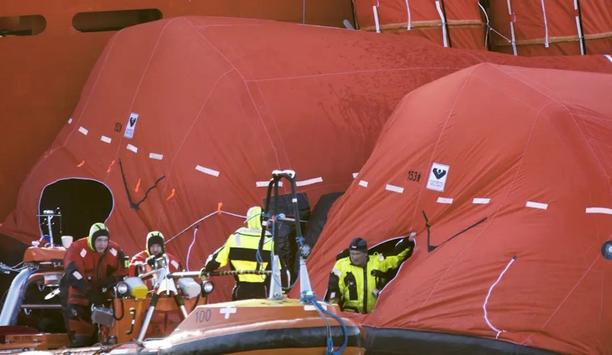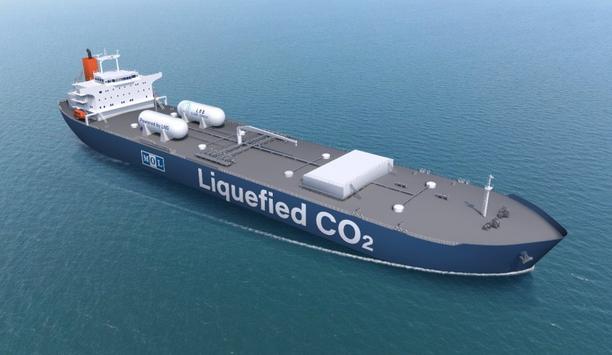The San Pedro Bay ports of Long Beach and Los Angeles have released a final report on the current state and overall feasibility of using clean cargo-handling equipment technology, while working toward the 2017 Clean Air Action Plan (CAAP) Update’s 2030 goal of a zero-emissions cargo-handling fleet.
The ports released a draft assessment in March 2022 for public review and comment. It built upon the inaugural 2018 assessment and examined the current state of technology, operational characteristics, economic considerations, infrastructure availability and commercial readiness related to cleaner cargo-handling equipment.
The final report addresses feedback from a diverse group of stakeholders.
CAAP
Updated in 2017, the CAAP contains a comprehensive strategy to accelerate progress toward a zero-emissions future while protecting and strengthening the ports’ competitive position in the global economy.
As part of this strategy, the ports committed to developing feasibility assessments every three years for terminal equipment and drayage trucks to inform their approach to meeting those goals.
Cargo-handling equipment
The ports are demonstrating 56 pieces of cargo-handling equipment
Currently, the ports are demonstrating 56 pieces of cargo-handling equipment, including zero-emissions yard tractors, top handlers, forklifts and rubber-tired gantry cranes, and 16 class 8 on-road trucks, including hybrid, battery-electric, and hydrogen fuel cell technologies, with a number of additional terminal equipment and on-road trucks to be commissioned by the end of the year.
The ports plan to continue demonstrating advanced technologies to accelerate the adoption of clean cargo-handling equipment at the nation’s busiest seaport complex.
Reducing greenhouse gases
Since 2005, port-related air pollution emissions in San Pedro Bay have dropped 90% for diesel particulate matter, 63% for nitrogen oxides and 97% for sulfur oxides.
Targets for reducing greenhouse gases (GHGs) from port-related sources were introduced as part of the 2017 CAAP Update. The document calls for the ports to reduce GHGs to 40% below 1990 levels by 2030 and 80% below 1990 levels by 2050. The CAAP was originally approved in 2006.










